Suitable for Praxis Movements 3 and 5
|
Description: Students form groups of four. Each team member makes up a review problem on a flashcard. The author of each question asks it of their teammates. If there is total consensus then the answer is written on the back of the flashcard. If not, then the author must rewrite the problem.
|
Purpose: Mastery of information/learning
|
Suitable for Praxis Movements 3 and 5 |
|
Description: Students form groups of four. Each group is given an envelope with either a sequence of pictures or sentences cut into four strips. Each group member draws out one strip of paper without showing the rest of the group. Each team member in turn describes or reads what is on their strip of paper. The whole team must come to a consensus as to the order of the pictures/sentences and place them face down on the table. When this is done the pieces are turned over to see if the team has sequenced them properly. |
Purpose: Ordering key events
|
Suitable for Praxis Movement 3 |
|
Description: In a whole class group or in smaller groups begin by sitting in a circle. Have one student start telling a story, giving only the first sentence. Ask for a volunteer or begin by starting the first sentence yourself. Going clockwise around the circle have each person add one sentence or idea to the story. Encourage students to preserve the continuity of the story and to try to make it sound as much as possible as if one person told the story. Record the story and invite students to listen and reflect on how the ideas are linked. |
Purpose: To share information and ideas and create new ideas.
|
Suitable for Focusing Activity, Praxis Movements 1, 4 and 5 |
|
Description: Choose a story/passage where the setting changes. Working individually, in pairs, or in small groups (no larger than 4) students discuss the story/passage to reach a consensus and then construct a graphic representation of significant events and their setting. Use arrows to show the sequence of events. Use the story map as a springboard for writing. |
Purpose: To encourage students to transform their learning by extracting information and organising it into a new form This strategy assists those students who need oral discussion to clarify understanding.
|
Suitable for Praxis Movements 1, 2, and 3, especially with Scripture |
|
Description: Divide the class into groups of four, then into pairs, Pair A and Pair B. Each pair takes a point of view. Each pair brainstorms three arguments to support that point of view. Pair A present their arguments to Pair B and vice versa. Pairs switch positions and create 3 arguments the other pair didn't consider. Repeat sharing process. Groups of four are reformed and come up with 6 different ways to meet both points of view. |
Purpose: To lead students to understand different points of view about a topic. Particularly useful when dealing with social justice issues. |
Suitable as a focusing activity or in Praxis Movements 2 and 4. |
|
Description: The teacher presents a low-consensus topic. Students discuss the topic within their teams. Teams share their conclusions with another team or with the class. To increase participation students use 'Talking Chips' during group discussions. As each student contributes to the discussion his/her chip is placed in the centre of the table. He/she may not speak again until all members of the team have placed their chips in the centre of the table. |
Purpose: Increase student interaction during discussions
|
Suitable for all movements of Praxis |
|
Description: Teams work in groups of 2, 3, or 4 The student in charge of the collection of materials obtains the information needed from the teacher. Each group must work out an interesting way to teach their information to another group. Once each group has completed the task, they find another group to teach their information to. This can be achieved with a minimum of fuss if an exchange pattern is put on the blackboard. Conclude in a way appropriate to the material. |
Purpose: Sharing and consolidating information
|
Suitable for Praxis Movements 2, 3 and 4 |


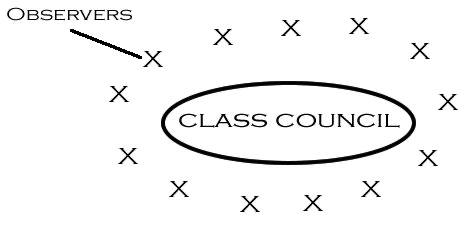

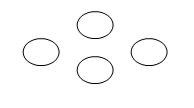


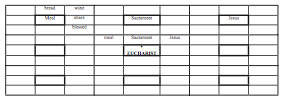
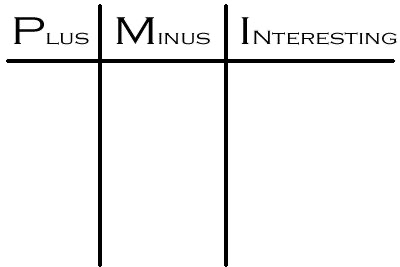

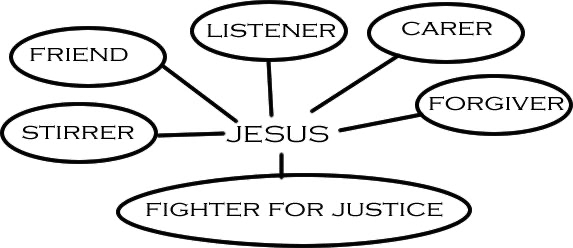
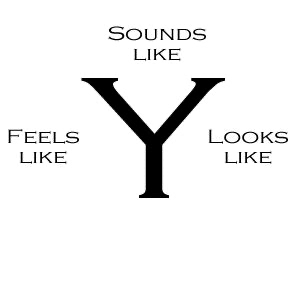
Follow